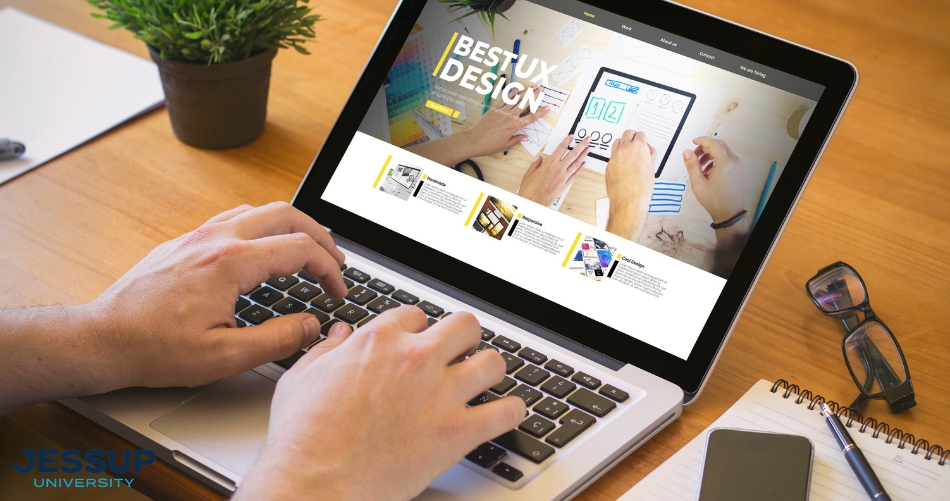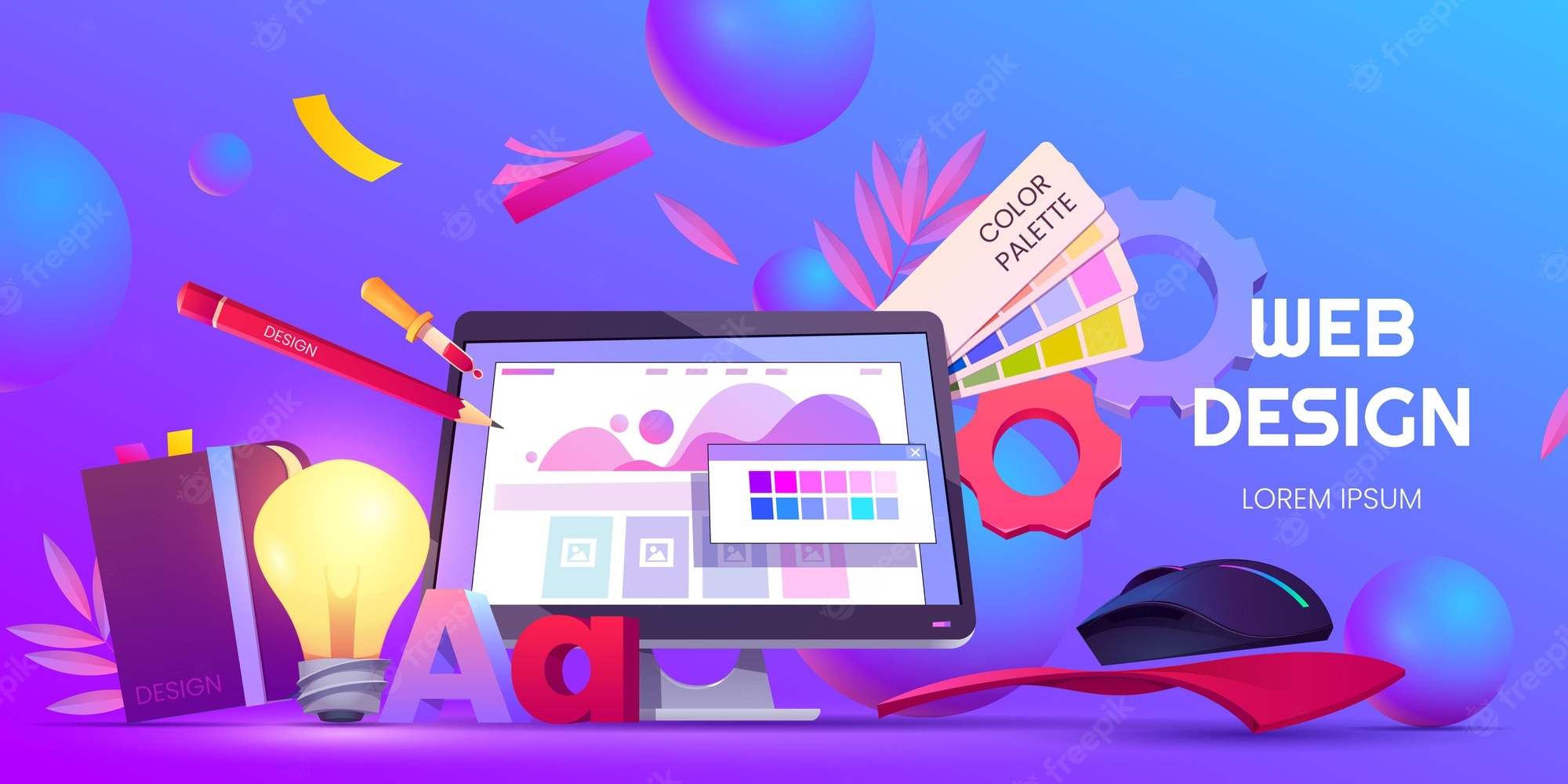Aligned Position Web Design: Expert Web Design Strategies for Achieving Business Goals Online
Aligned Position Web Design: Expert Web Design Strategies for Achieving Business Goals Online
Blog Article
The Best Sorts Of Web Layout to Enhance Individual Experience and Engagement
In the ever-evolving landscape of electronic interaction, the effectiveness of Web layout dramatically impacts individual experience and interaction. Various style methods, such as minimalist, receptive, and interactive formats, each deal one-of-a-kind benefits that can satisfy varied user demands. Recognizing which kinds of website design best serve these objectives can be crucial for businesses intending to improve consumer fulfillment and retention. However, the inquiry remains: which layout elements really reverberate with customers and foster meaningful involvement? The exploration of these concepts exposes essential understandings that might redefine your strategy to website design.
Minimalist Web Layout
As electronic landscapes end up being progressively chaotic, minimalist Web layout has actually become an effective approach to boosting individual experience. This style ideology focuses on simpleness, concentrating on important aspects while getting rid of unnecessary interruptions. By utilizing enough white room, straightforward navigating, and a minimal shade scheme, minimal layout promotes clearness and routes customer focus to vital content.
The core principle of minimal Web style is to create a seamless communication for users. By decreasing cognitive load, customers can swiftly comprehend details without really feeling overwhelmed. This straight method not just improves usability but also encourages engagement, as site visitors are more probable to explore a website that is easy and aesthetically attractive to browse.
Additionally, minimalist design typically emphasizes typography and imagery, using these components strategically to communicate messages effectively. In significance, minimalist Web layout is not simply a fad; it is a thoughtful method that recognizes the value of user-centered style.
Receptive Website Design
In today's varied electronic setting, receptive website design has actually ended up being necessary for producing a smooth user experience across a multitude of devices. As individuals access web sites on smart devices, tablets, laptops, and desktops, the capacity of an internet site to adjust its format and web content to different display sizes and resolutions is crucial.
Responsive Web style utilizes flexible grids, pictures, and CSS media queries to make sure that Web material is offered optimally, no matter of the device made use of. This strategy not just boosts the aesthetic charm of a site however also significantly improves use. Users are most likely to engage with a site that offers a constant experience, as it gets rid of the disappointment of having to focus or scroll excessively.
In addition, internet search engine, including Google, focus on mobile-friendly web sites in search rankings. By taking on responsive design, businesses can boost their exposure and reach a more comprehensive audience. This technique likewise simplifies internet site maintenance, as a single variation of the site can accommodate all gadgets, reducing the demand for numerous versions. In recap, responsive website design is a fundamental practice that boosts user experience, engagement, and general contentment.
Interactive Web Style
Responsive Web design prepares for improving user experience, yet interactive website design takes this a step even more by involving individuals in a much more dynamic method - Aligned Position Web Design. By integrating components such as animations, clickable prototypes, and real-time feedback, interactive Web style astounds individuals, attracting them right into a richer surfing experience
This method not just fosters engagement but additionally motivates users to discover content actively rather than passively consuming it. Techniques such as gamification, where users gain incentives for finishing tasks, can significantly improve the moment invested in a site and improve total contentment. Interactive attributes can simplify complex information, making it extra digestible and pleasurable.

Including Recommended Reading interactive style components can additionally lead to higher conversion rates, as customers are most likely to involve with a site that actively includes them. Aligned Position Web Design. Inevitably, interactive website design transforms customer experiences into remarkable trips, making certain that site visitors return time and again
Apartment Design
Defined by its minimalistic method, level layout stresses simplicity and functionality, removing unneeded elements and focusing on crucial functions. This style approach focuses on use, making certain that users can browse user interfaces easily and performance. By using a tidy aesthetic, level design gets rid of the clutter often found in much more ornate designs, therefore improving individual concentrate on web content and performance.
The characteristic of flat layout hinges on its use of bold shades, simple typography, and geometric shapes. These aspects add to a visually appealing interface that is both modern and friendly. Furthermore, flat layout cultivates a sense of clearness, permitting users to determine necessary actions and details without diversion.
In addition, flat layout is specifically efficient in receptive Web layout, as its simpleness equates well throughout different tools and screen sizes. By concentrating on necessary features, flat design not just satisfies customer needs yet additionally urges smooth interaction, making it a crucial component of efficient Web design approaches.
Flexible Website Design
Flexible website design tailors the individual experience by producing numerous dealt with layouts tailored to different screen sizes and devices. Unlike responsive design, which fluidly changes a single design, adaptive style uses unique designs for particular breakpoints, making certain optimal presentation on various platforms. This strategy allows developers to concentrate on the special characteristics of each device, improving use by supplying specifically what individuals need based on their context.
One of the main benefits of flexible website design is its capability to maximize load times and performance. By serving tailored material and photos that fit the customer's gadget, websites can lessen data usage and improve loading rates. This is particularly valuable for customers with slower links or minimal data strategies.

Additionally, flexible layout assists in a much more consistent and regulated branding experience. Because developers develop several designs, they can make sure that the visual aspects line up with the brand name's identity across various platforms - Aligned Position Web Design. This causes a natural user experience, improving involvement and advertising individual retention
Conclusion
Minimalist style fosters quality and emphasis, while responsive style ensures adaptability throughout various More Help devices, advertising availability. Jointly, these layout comes close to contribute to the creation of easy to use settings that not just enhance fulfillment however also drive higher conversion rates, underscoring their crucial relevance in contemporary Web style methods.

Minimalist design promotes clearness and emphasis, while receptive style makes sure flexibility throughout numerous tools, advertising ease of access. Collectively, these design approaches contribute to the creation of user-friendly settings that not just boost satisfaction but additionally drive greater conversion prices, highlighting their important value in modern Web design strategies.
Report this page